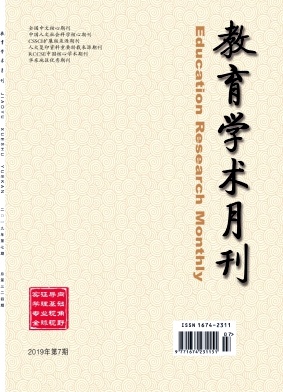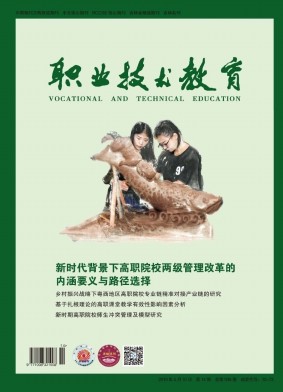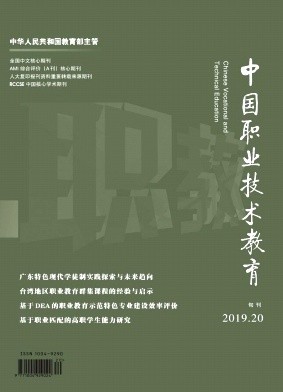慢性肾病(CKD)近年来已成为全球发病率和死亡率升高的主要原因。肾纤维化是CKD进展成为终末期肾病(ESRD)的最终共同途径,其严重程度与CKD预后密切相关。转化生长因子β1是促进肾纤维化的关键介质,可通过激活依赖/非依赖Smad信号传导通路诱导肾进行性纤维化,致使肌成纤维细胞被过度激活、细胞外基质过量产生并抑制其降解;Smad依赖的信号通路在CKD的发病机制中起关键作用,通过抑制TGF-β1及其下游靶点来治疗CKD已成为研究热点。文章就近年来TGF-β/Smad信号传导通路在CKD肾纤维化发病机制中的调控以及抗肾纤维化靶向治疗方面的研究进展作简要综述,以期提高CKD的诊治效率。Chronic kidney disease(CKD)has emerged as a major cause of increased incidence and mortality worldwide in recent years.Renal fibrosis is the ultimate common process for CKD to develop into end-stage renal disease(ESRD),the severity of which is closely related to the prognosis of CKD.Transforming growth factor beta 1(TGF-β1)is a central mediator of renal fibrosis,which induces renal fibrosis by activating dependent/independent Smad signaling pathways.It leads to the activation of myofibroblasts,excessive production of extracellular matrix(ECM)and inhibition of ECM degradation.Smad dependent signaling plays a central role in the pathogenesis of CKD.Suppressing TGF-β1 and its downstream targets for the treatment of CKD has become a popular research field.This paper summaries the regulation of TGF-β/Smad signaling pathway in the pathogenesis of renal fibrosis as well as the developments of targeted therapy in anti-renal fibrosis region,so as to improve the diagnosis and management efficiency of CKD.
机构地区川北医学院医学影像学院 川北医学院附属医院核医学科 遂宁市中心医院核医学科
出处《医学研究生学报》 CAS 北大核心 2021年第4期424-428,共5页Journal of Medical Postgraduates
基金国家重点研发计划"精准医学研究"专项基金(2016YFC0903503)。
关键词慢性肾病 肾纤维化 转化生长因子β1 Samd 靶向治疗chronic kidney disease renal fibrosis transforming growth factor-β1 Samd targeted therapy
分类号R692 [医药卫生—泌尿科学]




